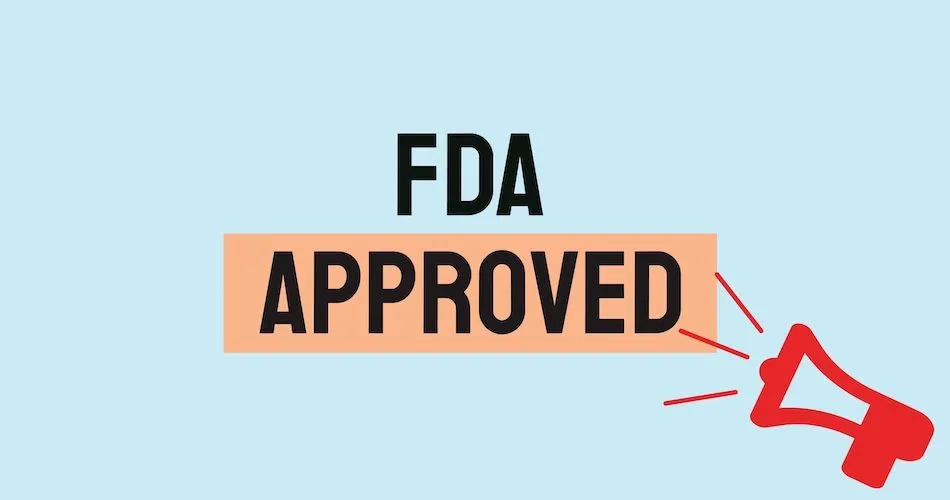The Many Benefits of Life Insurance Part 1: How It Can Be a Life Saver to You, Your Wallet and Your Family

I’m sure many of you are aware of the life insurance policies that many of our parents or grandparents purchased for us when we were children. They weren’t large, but they provided a foundation. They were called Gerber Policies. Surprisingly, they are so old that your parents may have even forgotten they purchased one for you. Guess what? Many of those policies are still good. Many of them even grew a cash value. It would be to your advantage to ask your parents or reach out to the insurance company and find out if there are any old policies out there on you.
Most people tend to forget that an insurance policy is part of their net worth. Insurance policies can also be a huge asset when it comes to finding additional dollars when you need them. All provide a tax-free death benefit to beneficiaries of the policy. However, insurance policies can provide more than income replacement protection for families after death. First, let’s review the types of life insurance and then explore the often-forgotten aspects of life insurance and the benefits it can provide.
There are several different types of life insurance policies. They also provide different needs. There are term policies that provide a death benefit for a period of time. You pay the premium for a set number of years and then the policy terminates if it does not end in death. Generally, you will have the option to convert the policy within a defined period of time to a permanent policy without the need for additional medical tests or reviews. Term policies are the least expensive policies as you are paying for a pure death benefit. Other types of policies are permanent policies. They are meant to be in place for life no matter your age as long as you pay the premiums.
This group of policies has four different types:
Whole Life policies
Provides coverage for 99 years. Your premiums remain fixed for the entire term of the policy. They also come with a built-in cash value. You can choose to limit your payments by upfronting the premium to cover the later years. There are additional riders automatically included or that you may have chosen at origination (with an additional fee) for the following options:
- Accidental death benefit: Pays out the death benefit and possibly more if death is as a result of an accident. Generally, already included in the policy.
- Critical Illness benefit: This rider will payout on the diagnosis of specific critical illnesses such as cancer and kidney failure.
- Terminal illness rider: This rider will payout on the diagnosis of a terminal illness.
- Permanent Disability Rider: This rider can waive future premiums if the policyholder suffers from a permanent disability.
- Lump-sum or income payment: This allows the policy owner/insured to decide if at their death if they want a lump sum paid out to beneficiaries or sum payments over a period of time.
- The insurer bears the investment risk
Universal Life Policies
A more affordable life insurance that remains in effect for life as long as you are paying the premiums.
- Has a cash value component that you can use for a variety of other needs, such as supplemental retirement income.
- Flexible premium payments options while avoiding a lapse in coverage if managed correctly.
- The policy is adjustable as your needs change
- The insurer bears the investment risk
- Accelerated death benefit rider attached
Variable Universal Life Policies
Permanent policy which offers a lot of flexibility but also has inherent risk:
- Flexibility in paying premiums
- Cash and or death benefit can increase or decrease based on the investment performance
- Ability to make withdrawals or loans from the cash value
- Ability to use collateral for a loan
- Investment choices attached such as mutual funds or annuities which can be risk-adjusted based on your needs
- Much more expensive than term policies.
- Generally, only recommended for people who have maxed out all other investment options.
- Can cost 5 to 15 times more than a term policy with the same face value
- You, the insured bear the investment risk of this policy
- Accelerated death benefit rider attached
Indexed Universal life Policies
Another permanent policy that allows you to control premiums and coverage.
- It may be too complicated for some people
- Has a core life insurance
- Has a cash value that earns interest which is controlled by the insurer and provides you with options to adjust your death benefit or pay your premium out of the available cash value
- Have potential for big gains but you need to understand how to track its value and performance
- May have restrictions on how you can access the funds
- Accelerated death benefit rider attached
There are other benefits to a life insurance policy that can really be a lifesaver when you have an expensive illness like AML. The next article in this series will explore two very important benefits that can provide additional funds to pay for needed medical care, or to pay other expenses. Many people forget or aren’t aware of these options that can provide you with a financial safety net.
I’m sure many of you are aware of the life insurance policies that many of our parents or grandparents purchased for us when we were children. They weren’t large, but they provided a foundation. They were called Gerber Policies. Surprisingly, they are so old that your parents may have even forgotten they purchased one for you. Guess what? Many of those policies are still good. Many of them even grew a cash value. It would be to your advantage to ask your parents or reach out to the insurance company and find out if there are any old policies out there on you.
Most people tend to forget that an insurance policy is part of their net worth. Insurance policies can also be a huge asset when it comes to finding additional dollars when you need them. All provide a tax-free death benefit to beneficiaries of the policy. However, insurance policies can provide more than income replacement protection for families after death. First, let’s review the types of life insurance and then explore the often-forgotten aspects of life insurance and the benefits it can provide.
There are several different types of life insurance policies. They also provide different needs. There are term policies that provide a death benefit for a period of time. You pay the premium for a set number of years and then the policy terminates if it does not end in death. Generally, you will have the option to convert the policy within a defined period of time to a permanent policy without the need for additional medical tests or reviews. Term policies are the least expensive policies as you are paying for a pure death benefit. Other types of policies are permanent policies. They are meant to be in place for life no matter your age as long as you pay the premiums.
This group of policies has four different types:
Whole Life policies
Provides coverage for 99 years. Your premiums remain fixed for the entire term of the policy. They also come with a built-in cash value. You can choose to limit your payments by upfronting the premium to cover the later years. There are additional riders automatically included or that you may have chosen at origination (with an additional fee) for the following options:
- Accidental death benefit: Pays out the death benefit and possibly more if death is as a result of an accident. Generally, already included in the policy.
- Critical Illness benefit: This rider will payout on the diagnosis of specific critical illnesses such as cancer and kidney failure.
- Terminal illness rider: This rider will payout on the diagnosis of a terminal illness.
- Permanent Disability Rider: This rider can waive future premiums if the policyholder suffers from a permanent disability.
- Lump-sum or income payment: This allows the policy owner/insured to decide if at their death if they want a lump sum paid out to beneficiaries or sum payments over a period of time.
- The insurer bears the investment risk
Universal Life Policies
A more affordable life insurance that remains in effect for life as long as you are paying the premiums.
- Has a cash value component that you can use for a variety of other needs, such as supplemental retirement income.
- Flexible premium payments options while avoiding a lapse in coverage if managed correctly.
- The policy is adjustable as your needs change
- The insurer bears the investment risk
- Accelerated death benefit rider attached
Variable Universal Life Policies
Permanent policy which offers a lot of flexibility but also has inherent risk:
- Flexibility in paying premiums
- Cash and or death benefit can increase or decrease based on the investment performance
- Ability to make withdrawals or loans from the cash value
- Ability to use collateral for a loan
- Investment choices attached such as mutual funds or annuities which can be risk-adjusted based on your needs
- Much more expensive than term policies.
- Generally, only recommended for people who have maxed out all other investment options.
- Can cost 5 to 15 times more than a term policy with the same face value
- You, the insured bear the investment risk of this policy
- Accelerated death benefit rider attached
Indexed Universal life Policies
Another permanent policy that allows you to control premiums and coverage.
- It may be too complicated for some people
- Has a core life insurance
- Has a cash value that earns interest which is controlled by the insurer and provides you with options to adjust your death benefit or pay your premium out of the available cash value
- Have potential for big gains but you need to understand how to track its value and performance
- May have restrictions on how you can access the funds
- Accelerated death benefit rider attached
There are other benefits to a life insurance policy that can really be a lifesaver when you have an expensive illness like AML. The next article in this series will explore two very important benefits that can provide additional funds to pay for needed medical care, or to pay other expenses. Many people forget or aren’t aware of these options that can provide you with a financial safety net.

about the author
Diahanna Vallentine
Diahanna is the Financial Program Manager for the HealthTree Foundation, specializing in financial help for multiple myeloma and AML patients. As a professional financial consultant and former caregiver of her husband who was diagnosed with multiple myeloma, Diahanna perfectly understands the financial issues facing myeloma patients.
More on Navigating Your Health
Trending Articles

Get the Latest Acute Myeloid Leukemia Updates, Delivered to You.
By subscribing to the HealthTree newsletter, you'll receive the latest research, treatment updates, and expert insights to help you navigate your health.










